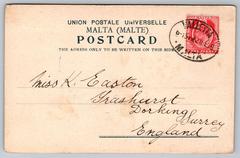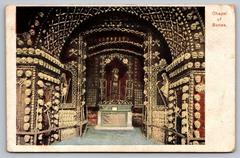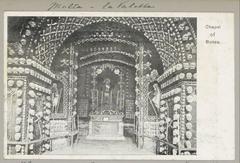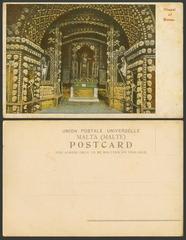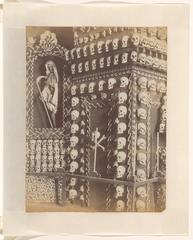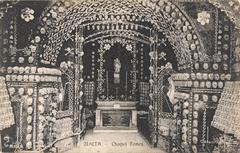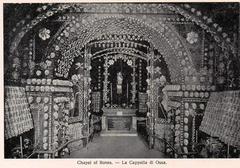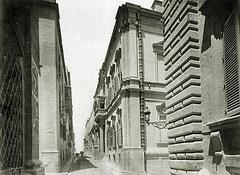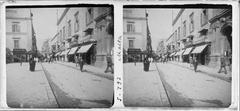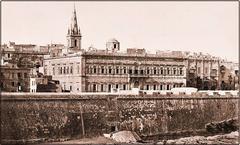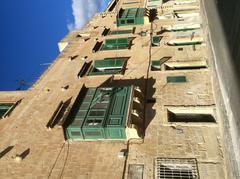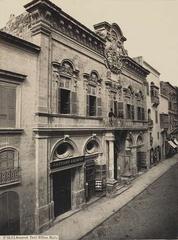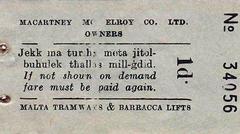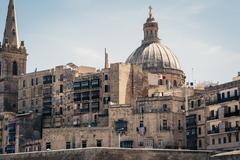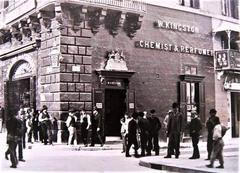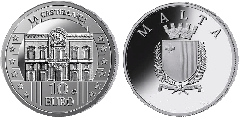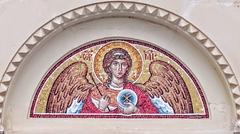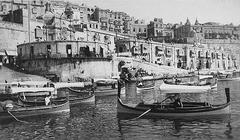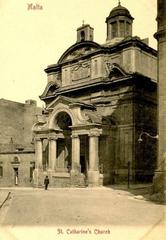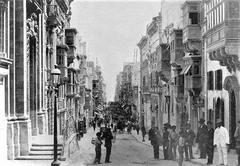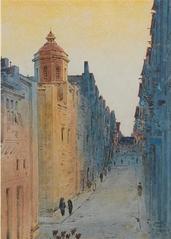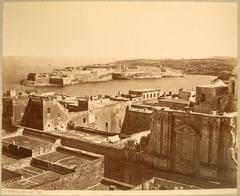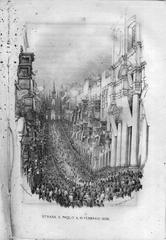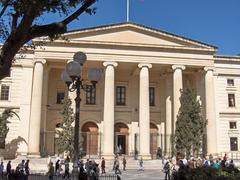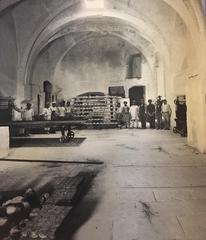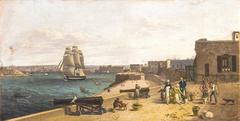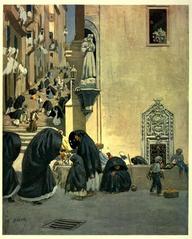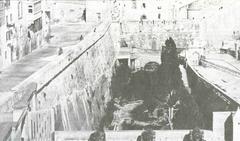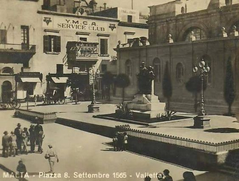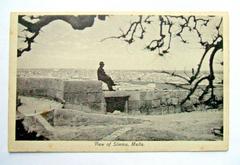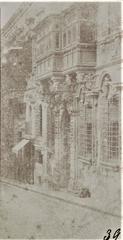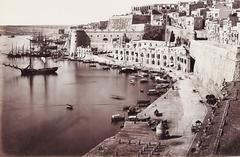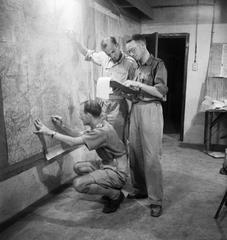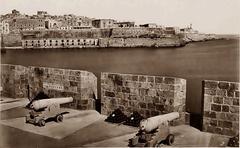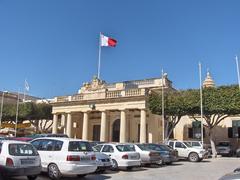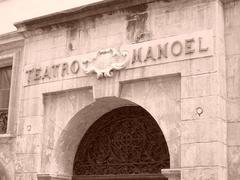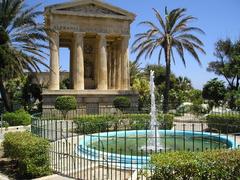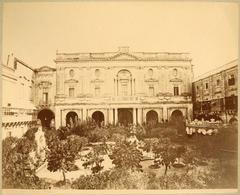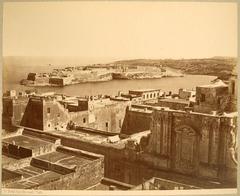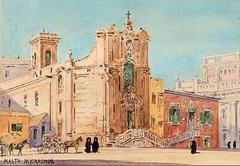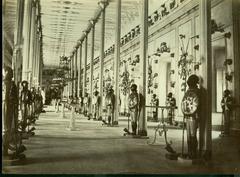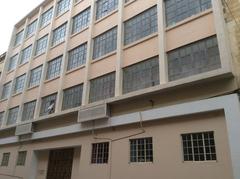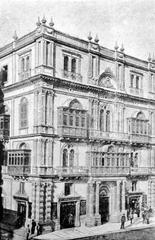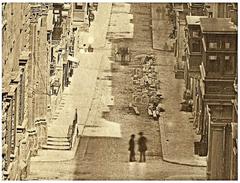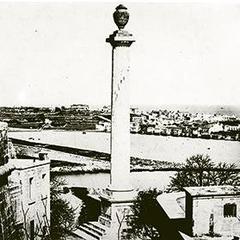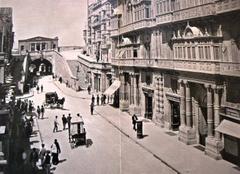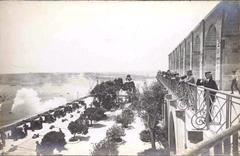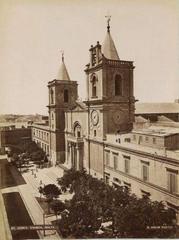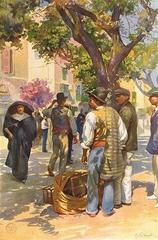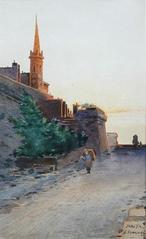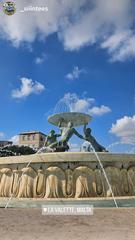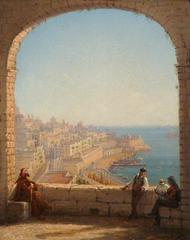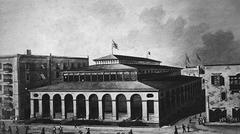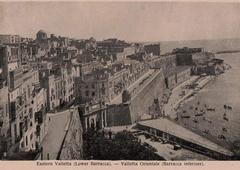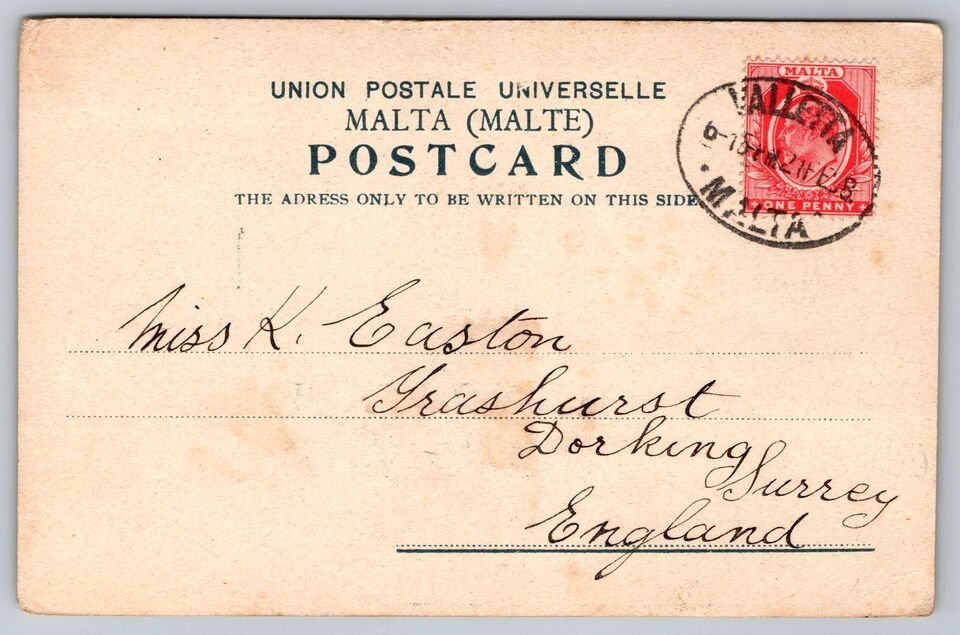
Nibbia Chapel Visiting Hours, Tickets, and Historical Guide in Valletta, Malta
Date: 15/06/2025
Introduction
Set within the storied heart of Valletta, Malta’s UNESCO-listed capital, the Nibbia Chapel stands as a remarkable monument to the island’s religious, artistic, and humanitarian past. Erected in 1619 by Fra Giorgio Nibbia, a Knight of Malta, the chapel was originally dedicated to Our Lady of Mercy and closely linked with the nearby Sacra Infermeria—the famed hospital of the Knights Hospitaller. Over centuries, it became both a sanctuary for the sick and a burial ground, later gaining renown for its crypt, the Chapel of Bones, adorned with the remains of thousands. Though heavily damaged in World War II, the chapel’s ruins still evoke Malta’s layered heritage and invite reflection on the fragility and endurance of cultural memory (Unexpected Traveller; Wikipedia).
This detailed guide explores the Nibbia Chapel’s origins, artistic legacy, and practical information for visitors, making it an essential resource for anyone wishing to uncover one of Valletta’s most evocative sites.
Table of Contents
- Introduction
- Historical Overview
- Architectural Features
- Visiting Information
- Cultural Significance
- Frequently Asked Questions (FAQ)
- Conclusion
- Resources and Further Reading
Historical Overview
Foundations and Early History
The Nibbia Chapel was constructed in 1619 through the patronage of Fra Giorgio Nibbia, a Knight of the Order of St. John. Its original mission was twofold: to serve as a spiritual haven for the sick and dying at the adjacent Sacra Infermeria, and to function as a burial ground for those who succumbed to illness (Unexpected Traveller). Consecrated as a Roman Catholic chapel honoring Our Lady of Mercy, it embodied the Knights’ ethos of compassionate care and the integration of faith and medicine.
Fra Giorgio Nibbia himself was laid to rest beside the chapel, cementing its association with charity and remembrance.
Baroque Rebuilding and the Chapel of Bones
In 1731, the chapel was rebuilt in Baroque style by architect Romano Carapecchia, featuring an octagonal plan, domed roof, and ornate facade—attributes that aligned with the Counter-Reformation’s emphasis on visual splendor and emotional engagement in worship (Wikipedia). The renovations reflected Malta’s broader Baroque transformation, seen across Valletta.
The most distinctive chapter in the chapel’s history began in the 19th century. Reverend Sacco, chaplain of the hospital, utilized bones exhumed from the adjacent cemetery—mainly the remains of patients who died at the Sacra Infermeria—to create an ossuary in the crypt. These human remains were artistically arranged in symbolic patterns along the crypt’s walls, transforming it into the Chapel of Bones (GuideMeMalta; Atlas Obscura). This macabre yet meaningful tradition reflected both Maltese Catholic memento mori customs and broader European ossuary practices.
For decades, the Chapel of Bones was among Valletta’s most curious attractions, drawing local families and international travelers alike.
Wartime Destruction and Legacy
The 20th century brought devastation: in February 1941, aerial bombardment during World War II severely damaged the Nibbia Chapel (Unexpected Traveller). The crypt’s remains were eventually transferred to Addolorata Cemetery, and the above-ground structure was demolished in the 1970s (Wikipedia). Today, only the crypt’s remnants and foundation survive, marked by a commemorative plaque near the Lower Barrakka Gardens and Mediterranean Conference Centre (Malta Uncovered; Miss Tourist).
Rumors persist about undiscovered crypts beneath Valletta’s streets, but no major archaeological excavations have confirmed these stories as of mid-2025. Regardless, the site remains a symbol of Malta’s enduring resilience and reverence for the past.
Architectural Features
Exterior and Setting
The Nibbia Chapel was notable for its compact, octagonal design and modest dome, clad in Malta’s characteristic honey-hued limestone. Its Baroque facade featured pilasters, a triangular pediment, and an oculus above the entrance, allowing natural light to filter within. Set near the Lower Barrakka Gardens, its location bridged sacred, medical, and urban life (Visit Malta).
Interior and Crypt Design
Inside, the chapel was intimate and somber, with religious iconography and memento mori motifs prefiguring the crypt below. The crypt itself, accessed by a narrow staircase, measured approximately 6 by 6 meters, with a low vaulted ceiling lined with thousands of bones arranged in intricate patterns—crosses, columns, and other symbols of Catholic faith (Atlas Obscura). The arrangement was not intended to horrify, but to inspire contemplation of mortality and the afterlife.
After WWII, the crypt was sealed for safety reasons, and direct access is no longer possible.
Visiting Information
Hours and Tickets
- Visiting Hours: The site is open-air and freely accessible from the street 24 hours a day, year-round.
- Entrance Fee: No ticket or payment is required to visit the remains.
- Crypt Access: The crypt is closed to the public for safety and preservation.
Accessibility
The Nibbia Chapel site is located at street level on Triq il-Lvant (East Street), near the Lower Barrakka Gardens and Mediterranean Conference Centre. While the site itself is accessible, surrounding pavements are sometimes narrow or uneven; wheelchair users may require assistance (Miss Tourist).
Guided Tours
While there are no tours devoted exclusively to the Nibbia Chapel, many Valletta historical walking tours include the site as a point of interest. These tours provide valuable context regarding the chapel’s place within Valletta’s rich tapestry of religious, military, and medical landmarks.
Nearby Attractions
Combine your visit with:
- Lower Barrakka Gardens: Panoramic harbor views.
- Mediterranean Conference Centre: Former Sacra Infermeria, with guided tours on Malta’s medical heritage (Mediterranean Conference Centre).
- Siege Bell War Memorial: Commemorating WWII, echoing the chapel’s fate.
- St. John’s Co-Cathedral: Valletta’s Baroque masterpiece.
Cultural Significance
The Nibbia Chapel’s history is deeply entwined with Maltese attitudes toward death, charity, and community memory. Its ossuary practices echoed memento mori traditions found across Europe, while its association with the Knights Hospitaller underscores the fusion of faith and humanitarian care that shaped Maltese society (LoveMalta). Even in ruin, the site serves as a locus for reflection on the transience of life and the resilience of cultural identity.
Frequently Asked Questions (FAQ)
Q: Is there a fee to visit the Nibbia Chapel site?
A: No. The site is free and open-air.
Q: Can I enter the crypt?
A: No. The crypt is closed to the public for safety reasons.
Q: Are guided tours available?
A: Some Valletta walking tours include the site. Check with local operators.
Q: Is the site wheelchair accessible?
A: The site is at street level, but adjacent pavements may be uneven or narrow.
Q: Are there facilities at the site?
A: No; however, cafes and restrooms are available nearby.
Conclusion
The Nibbia Chapel, though now a ruin, still embodies Valletta’s profound narrative of faith, art, charity, and resilience. Its evocative history—from its role as a spiritual haven and ossuary to its wartime destruction—offers a unique perspective on Malta’s cultural heritage. Free and easily accessible, the site is ideal for reflective visits and as a complement to other historic attractions in Valletta.
To deepen your experience, explore guided tours, digital resources like the Audiala app, and further readings listed below.
Additional Resources and Links
- Unexpected Traveller: Nibbia Chapel
- Wikipedia: Nibbia Chapel
- Malta Uncovered: Nibbia Chapel
- Miss Tourist: Things to Do in Valletta
- GuideMeMalta: Chapel of Bones
- Atlas Obscura: Nibbia Chapel Chapel of Bones
- LoveMalta: The Nibbia Chapel and its spooky crypt
- UNESCO World Heritage: City of Valletta
- Mediterranean Conference Centre
